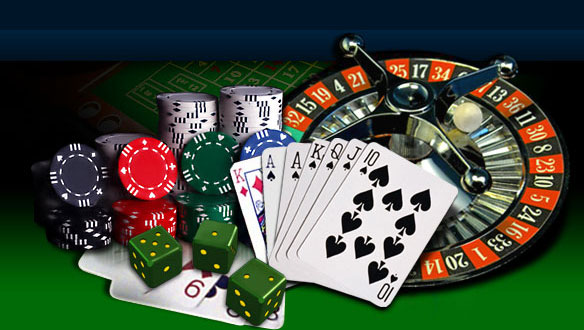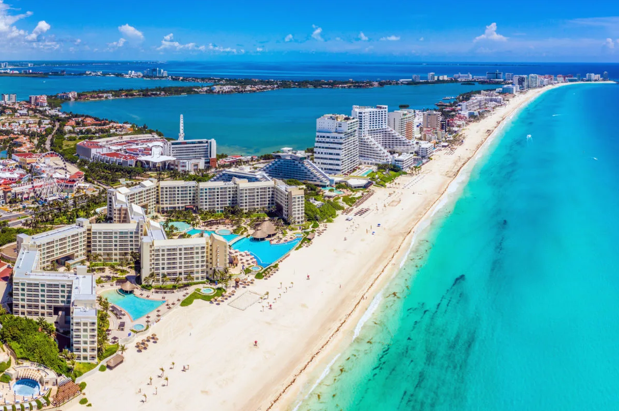Mobile poker has evolved from a casual experiment to a primary way many players compete. Yet the experience still suffers from two stubborn issues: lag and battery drain. A few well-chosen settings can dramatically improve stability and extend session length, though, so it’s well worth taking the time to look into this. Most guides offer generic gaming advice, but poker has unique demands that change how you should configure your phone.

Why Latency Matters More in Poker
Latency — the time between your tap and the server response — is crucial when you’re timing bets or moving between multiple tables. Unlike action games, poker rarely requires split-second aiming, but delays disrupt flow, cause missed blinds, and can lead to auto-folds. Jitter and latency spikes degrade the overall experience; in poker, spikes into the 150–200 ms range are often noticeable to players. Multi-tabling intensifies this effect because each table requires its own server updates.
Two core latency drivers are your network and your device’s power profile. Wi-Fi usually beats mobile data for consistency, but only if your router isn’t congested and you’re within good range. On 5G, you can sometimes see faster raw speed but worse stability in crowded areas.
Power saving modes also affect responsiveness; Apple’s Low Power Mode and many Android Battery Saver implementations can throttle CPU speed and background networking, lengthening response times. It’s also worth looking at whether there are other ways to optimize performance for the device you’re playing on.
Mapping These Fixes to Real Poker App Behavior
If you are setting up a reliable phone-first routine, it’s a good idea to test how playing poker on your mobile device works with your existing settings. Understanding this will help you see what needs to be altered, and guess how network changes or battery modes might affect the game.
For instance, fast-fold tables constantly send and receive seat updates, so a throttled CPU or unstable connection leads to stutters that standard games might not encounter. Multi-tabling on a single device also taxes memory, so you’ll want to avoid aggressive battery saving to keep each table responsive. Learning more about playing poker on mobile can clarify why some apps reconnect differently depending on whether you switch from Wi-Fi to 4G mid-hand.
Modern poker apps also rely on secure, persistent connections. Keeping your phone awake (disable auto-lock or use “stay awake” developer options on Android) prevents session drops.
Device Power Modes and Connection Basics
It’s a good idea to start by disabling any extreme power-saving features before you play. On iOS, Low Power Mode reduces background activity and caps refresh rates at 60 Hz. On Android, Battery Saver behavior varies by device; many versions reduce CPU frequency or network activity to save power. Switch these modes off while plugged in or when you know you’ll be playing for a while. If battery life is your priority, try a softer approach: keep your screen brightness moderate and disable background sync for non-poker apps, rather than using a global saver.
For the best connection, you’re usually going to want to opt for a stable Wi-Fi home connection. Use the 5 GHz band if your phone supports it and you’re close to the router; it’s faster and less crowded than 2.4 GHz. If your device and router support Wi-Fi 6E or Wi-Fi 7, the 6 GHz band can be even cleaner at short range.
When traveling, test your 4G/5G speed with apps like Ookla and choose the network with lower jitter, not just higher download speed. Some players find disabling Wi-Fi Assist (iOS) or Adaptive Connectivity (Android) helps stop the phone from switching networks mid-hand, though it can slightly reduce efficiency.
Extra Expert Tips: Home and Travel
At home, place your router high up and away from thick walls to reduce interference. Update its firmware; some new updates improve latency handling for gaming. Use a wired Ethernet adapter if your phone supports it (common on Android with USB-C hubs and on newer iPhones).
When you’re on the go, it can help to carry a small power bank so you can keep the battery saver mode off. Switch your phone to airplane mode with Wi-Fi on if you only need hotel Wi-Fi; this stops the device from hunting for cell signals.
When traveling internationally, check your carrier’s roaming latency — sometimes local prepaid SIMs outperform roaming 5G. If you’re playing for extended periods, consider a cooling pad or fan case; throttling from heat can mimic lag even on fast connections.
Real-World Example: Phone Setup Before a Tournament
So, let’s say you’re getting ready to join a tournament. Here are some of our wrap-up tips you may find helpful:
- Charge to 90% to avoid slow charging heat and ensure capacity.
- Disable Low Power Mode or Battery Saver.
- Close background apps that refresh data.
- Lock Wi-Fi to a 5 GHz band or confirm the strongest 4G/5G cell.
- Enable “Do Not Disturb” to prevent interruptions.
This checklist reduces mid-hand lag spikes and keeps your battery healthy longer so that you can play more poker. While power saving is helpful day-to-day, toggling it off during a session avoids performance throttling.




